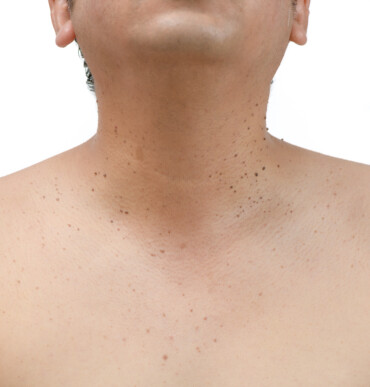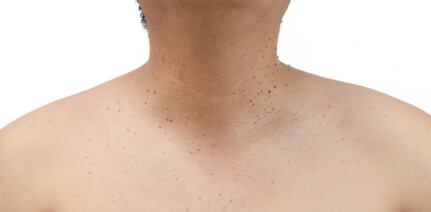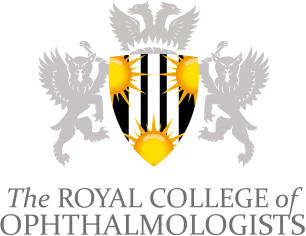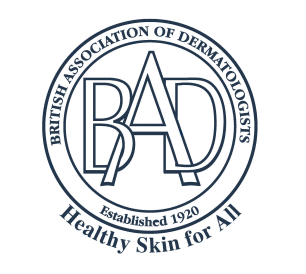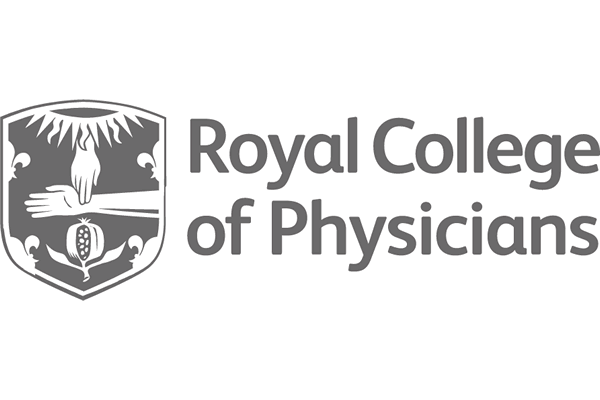There are a variety of treatments available for seborrheic keratosis. Cryotherapy is one of the most effective treatments to remove seborrheic keratosis. Liquid nitrogen is applied to the growth which freezes it in seconds with the intention to cause crusting that falls away leaving a flattened lesion. In some cases, one cryotherapy treatment will be sufficient to remove the growths however in other cases it will be necessary to have multiple treatments – and they do sometimes regrow. Another popular treatment to remove seborrheic keratosis is laser treatments. Several different types of laser can be used pigment lasers for flatter age spots type of lesions or CO2 laser for more raised warty lesions. More raised lesions may require surgical removal.
- About Us
- Treatments
- Scar Assessment & Advice
- Scar Treatments
- Acne Scarring
- Burns Management
- Caesarean Section (C-section) scars
- Fat Transfer For Scars
- Laser Treatment
- Radiofrequency Microneedling
- Rhinophyma
- Scar Revision & Excision
- Scar Filler Treatment
- Self-Harm & Injury Scars
- Silicon for scars – products and tips
- Skin Grafting
- Steroid Injections for Scars
- Subcision Treatment for Acne Scars
- Surgical Needling
- Tissue Expansion Surgery
- Scar Physical Therapy
- Tattooing
- Hair Transplant Surgery
- Psychology & Well-being



